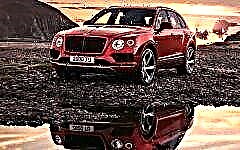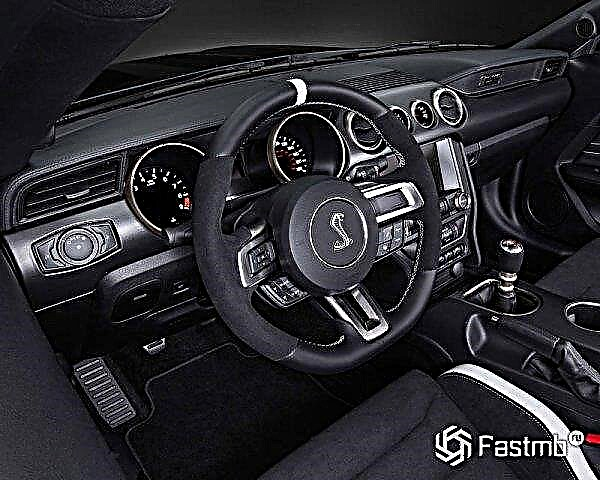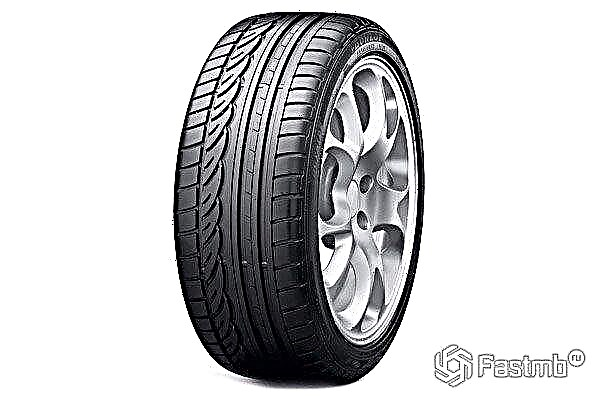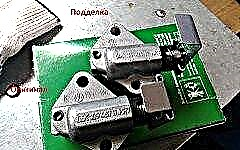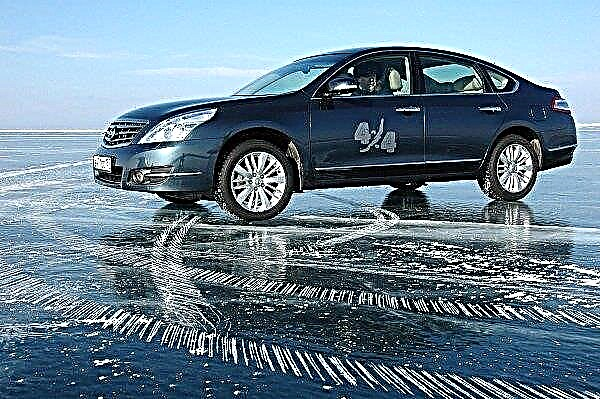
The content of the article:
- Pressure
- Load
- Temperature
- Speed and driving style
- Road
- Wheel alignment angles
- Storage
- Autochemistry
- Alternating wheels
- Tire care
High-quality car tires are not cheap, but necessary. Therefore, the desire of the car owner to extend its service life as long as possible is quite natural. It is impossible to blame only the Russian off-road for the wear of rubber, its life is shortened by improper storage conditions, and balancing, and even the driving style of a motorist.
If you neglect the basic rules of using car tires, the vehicle owner will soon have to spend money on a new set.
Pressure

It is recommended to check the pressure on a monthly basis, in a tire shop or on your own using a pressure gauge. A prerequisite for the measurement is to carry it out only on completely cooled tires. Why is it so necessary? An incorrect pressure level will significantly reduce tire life:
- pumped ones wear out the inner part of the tread;
- underdeveloped - external.
Almost 70% of the load falls on the air, and if there is insufficient pressure, on the carcass, which leads to deformation of the tire and breakthrough of the textile threads. Tire beads tearing and a sharp increase in fuel consumption are possible. Excessive pressure can lead to a tire bursting at the most inopportune moment.
The level of pressure that is optimal for each specific car model is indicated on the gas tank cap, internal parts of the car (driver's door, glove compartment) or in the vehicle's operating instructions. Also, do not forget that in different seasons the pressure level will differ significantly depending on temperature differences and characteristics that differ for all brands of rubber.
Load

The smallest 10% overload increases rubber wear by 20%, affecting the side tread and carcass. If the driver is aware of the imminent imminent overload of his car, he must increase the pressure in advance, which will lead to more even wear of the tread.
Temperature

High temperatures cause a strong heating of the road surface and, as a result, increase tire wear. The optimum temperature is + 70 degrees, but not more than 120 degrees. Otherwise, rubber can be seriously endangered, because even when heated to 100 degrees, its strength is reduced by 2 times.
You should not use summer or all-season tires in the harsh winter period with temperatures from -40 and below. Such a low mode will lead to its rapid destruction, especially when driving at high speed.
Speed and driving style

On a good track, in a good car, a motorist wants to squeeze out the maximum and demonstrate his driving skills. However, extreme styling with hard braking, cornering and other maneuvers leads to uneven tire wear.
The less the car will make sudden movements, the longer its rubber will be safe and sound. Even a sharp start, frequent slippage have a detrimental effect on the rubber.
This does not mean at all that you need to drive at the speed of a snail, but only add more smoothness and accuracy to the driving style.
Studded rubber suffers greatly from high-speed starts and sudden braking, when its spikes are actively loosening and flying out of the seats.
Reckless drivers should prepare for frequent tire changes, because intense friction rapidly erases and renders rubber unusable. Choosing between 70 and 120 km / h will either prolong or significantly reduce the performance of car tires.
Road

Of course, a poor-quality road surface causes great harm to rubber. On potholes with hard edges, which are constantly encountered on an asphalt road, when driving at a significant speed, the tire is crushed to the very disc, which can cause it to burst.
Regular driving on a bumpy road puts heavy stress on the tread and sidewall of the tire, leading to early wear. Therefore, brave pioneers on "dead" roads should take care not only of the suspension, but also of equally suffering rubber.
Wheel alignment angles

The procedure, better known as wheel alignment, is required for every vehicle. An increased toe angle means wear on the outer sides of the tread, an insufficient angle - on the inner tracks. Both of these extremes can be traced to increased fuel consumption.
When camber-toe deviates from the norm, it will cause one-sided wear of the ramps. If the car is noticeably leading to the side, it is imperative to adjust the toe before the tire wear increases.
If the machine is operated in hilly, mountainous terrain, on roads with frequent bends, then the ratio of the cornering angles changes, which causes more wear on the front tires. Drivers in such conditions should regularly inspect the rubber for even wear of the tread.
Storage

Not every driver has a specially equipped storage space for replaceable rubber, leaving it in his own garage or with friends, as well as in the country house or warehouse. What are the recommendations for proper storage of tires?
Automobile rubber is not afraid of hypothermia, but storage at temperatures above +25 degrees is contraindicated. The optimum humidity should be such that condensation does not form, which will settle on the rubber, spoil it and cause corrosion.
Before storing, the removed rubber should be washed, cleaned from sand, debris and foreign objects, and then packed dry in special covers.
Although it is desirable to store the rubber in an upright state, if it is folded horizontally, it is desirable to have partial contact with each other. Tires with discs can be safely stacked on top of each other.
The worst storage method is hanging on hooks or nails. If there is no other place at all, you should regularly, at least once every two weeks, turn the ramp to avoid deformation of the tires.
Storing rubber outdoors is not recommended, even if there is a canopy. Weather conditions - precipitation, moisture, direct sunlight - will significantly age it. Precipitation will cause delamination of the carcass structure, and the sun will contribute to the appearance of cracks in the rubber.
Autochemistry

Even not very expensive funds in the range of 300-500 rubles will be useful for rubber. Aerosols and conditioners for car tire care envelop them with a protective layer, protecting them from reagents on the roads that contribute to the destruction and drying of rubber.
Alternating wheels

After 10,000 mileage, it is necessary to castle the wheels according to the scheme specified in the technical passport or operating instructions. This is required in order to ensure more even wear on the car tires. The driving wheels take on a large load compared to the driven ones, therefore, without regular rearrangement, they will quickly become unusable.
Tire care

Even if the driver is not an extreme, he regularly undergoes technical inspection and competently stores his rubber, for long-term safety it requires constant additional care. Tires should be checked for tightness of the valve, the condition of the spool, and protected from the ingress of oil, gasoline or brake fluid.
Responsibly, you need to treat the parking lot of the vehicle.For parking, choose a clean, level place, and when leaving the car for a long time, inspect the tires for the possibility of foreign objects entering.
You should not rub close to the curb, which may have sharp chips and corners. During the spring and autumn frosts, you should avoid parking even in the smallest puddle. During the night, it can be covered with a crust of ice and in the morning the tires will have to get out of it, for which they will not thank their owner.
Finally ...
The driver should make a seasonal tire change on time, without going to extremes. After driving on technically difficult roads, unfamiliar places, it is advisable to always inspect the tires for mechanical damage. If the car is not going to be used during the winter, it should be mounted on pads.
Compliance with simple rules for storing and caring for automobile rubber will increase its service life from 5-7 years promised by most manufacturers for much more years, and the owner's wallet will save you from unnecessary expenses.


